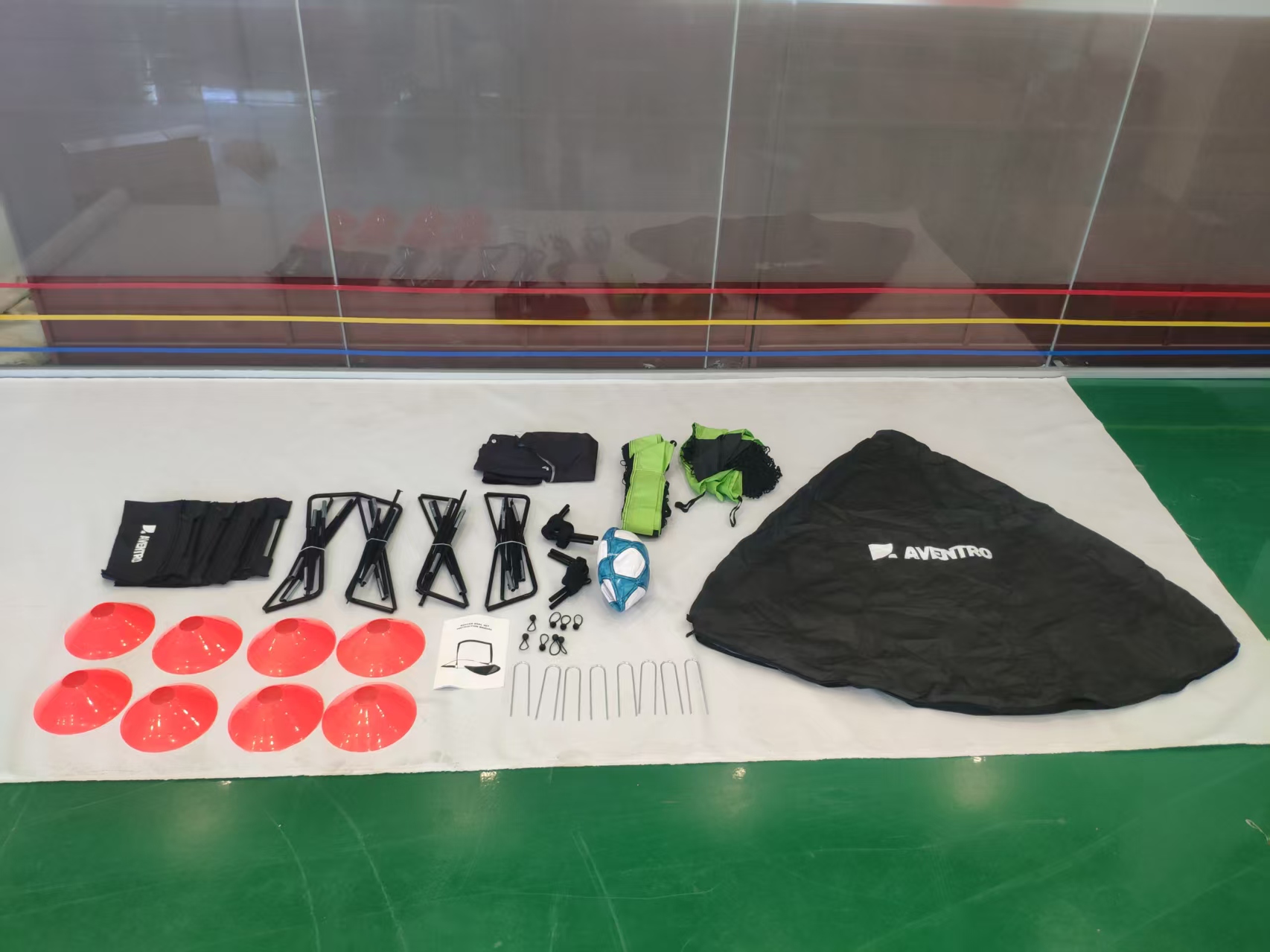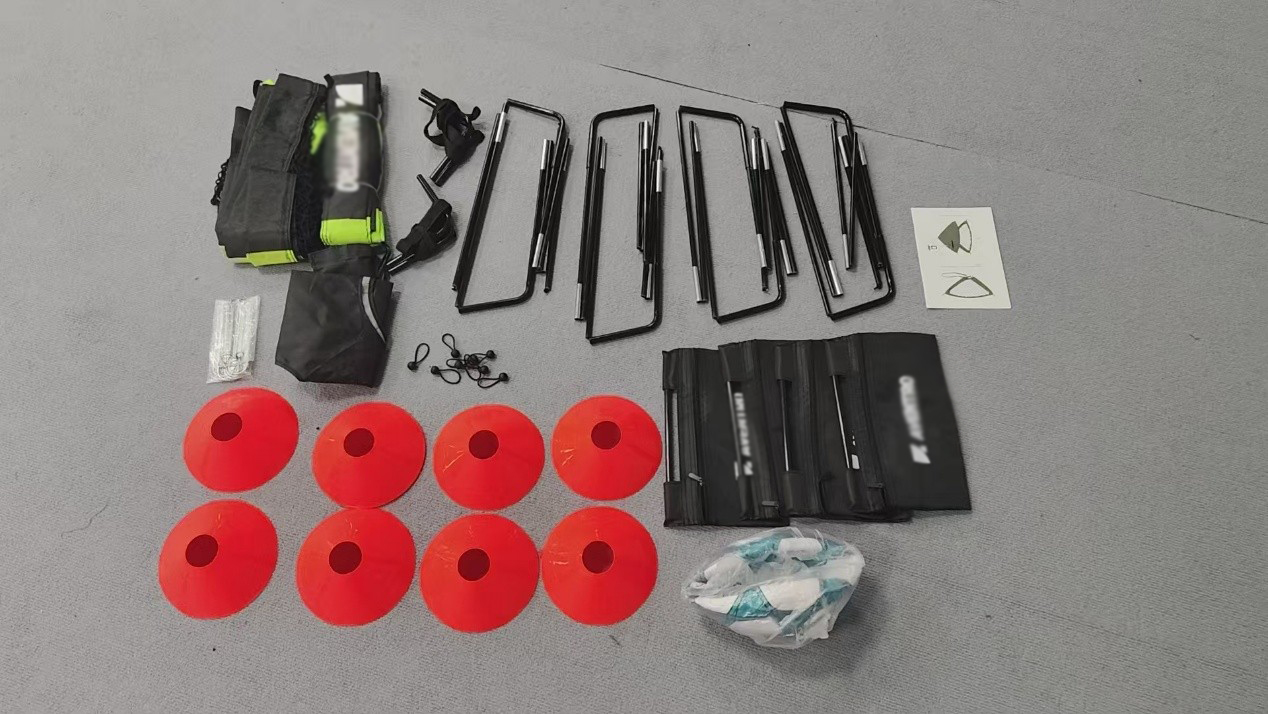As car technology continues to evolve, the humble car mirror is an often overlooked but crucial component of vehicle safety. These mirrors, essential for providing drivers with a clear view of their surroundings, rely on specific lens types carefully designed to ensure safety and functionality. But what kind of lens is used in a car mirror, and why?
Car mirrors, particularly side and rearview mirrors, have convex lenses. Unlike flat mirrors, convex lenses are curved outward, allowing them to cover a wider field of view. This is particularly useful in vehicles, as it helps minimize blind spots by giving the driver a broader perspective of the area behind and beside the car.
Convex mirrors work by bending light rays that hit their surface outward. This optical effect makes objects appear smaller than they are, but it also allows the driver to see more of the surrounding environment in a single glance. This distortion is a deliberate design choice, enabling drivers to monitor more space without needing to move their heads extensively, thus enhancing reaction times in critical driving situations.
However, this advantage also comes with a caveat. The smaller appearance of objects in a convex mirror can sometimes mislead drivers into underestimating the distance between their vehicle and other objects or cars. This is why car manufacturers often place a warning on side mirrors that reads, "Objects in mirror are closer than they appear." This alert reminds drivers to account for the potential misjudgment in distance when making driving decisions, such as changing lanes or merging into traffic.
In addition to convex lenses, some modern vehicles also incorporate aspheric mirrors. These mirrors combine a flat and a curved surface, with the flat portion providing an accurate reflection of nearby objects and the curved portion expanding the field of view. Aspheric mirrors aim to reduce the blind spot even further while maintaining a relatively true-to-life representation of distances.
As automotive safety standards continue to rise, there is an increasing focus on mirror design and lens technology. Innovations such as auto-dimming mirrors, which adjust their tint based on the amount of light hitting them, and digital rearview mirrors, which use cameras and screens to replace traditional mirrors altogether, are becoming more common. These advancements promise to enhance driver safety and comfort, but the underlying principle remains the same: providing a clear, accurate, and comprehensive view of the road.
In conclusion, while car mirrors may seem like a simple component of a vehicle, the use of convex and aspheric lenses plays a critical role in driver safety. As technology advances, we can expect to see even more sophisticated solutions aimed at improving visibility and reducing accidents, making driving a safer experience for everyone on the road.

 English
English Español
Español Português
Português русский
русский français
français 日本語
日本語 Deutsch
Deutsch Tiếng Việt
Tiếng Việt Italiano
Italiano Nederlands
Nederlands ไทย
ไทย Polski
Polski 한국어
한국어 Svenska
Svenska magyar
magyar Malay
Malay বাংলা
বাংলা Dansk
Dansk Suomi
Suomi हिन्दी
हिन्दी Pilipino
Pilipino Türk
Türk Gaeilge
Gaeilge عربى
عربى Indonesia
Indonesia norsk
norsk اردو
اردو čeština
čeština Ελληνικά
Ελληνικά Українська
Українська Javanese
Javanese فارسی
فارسی தமிழ்
தமிழ் తెలుగు
తెలుగు नेपाली
नेपाली Burmese
Burmese български
български ລາວ
ລາວ Latine
Latine Қазақ
Қазақ Euskal
Euskal Azərbaycan
Azərbaycan slovenský
slovenský Македонски
Македонски Lietuvos
Lietuvos Eesti Keel
Eesti Keel Română
Română Slovenski
Slovenski मराठी
मराठी Српски
Српски 简体中文
简体中文 Esperanto
Esperanto Afrikaans
Afrikaans Català
Català עִברִית
עִברִית Cymraeg
Cymraeg Galego
Galego 繁体中文
繁体中文 Latvietis
Latvietis icelandic
icelandic יידיש
יידיש Беларус
Беларус Hrvatski
Hrvatski Kreyòl ayisyen
Kreyòl ayisyen Shqiptar
Shqiptar Malti
Malti lugha ya Kiswahili
lugha ya Kiswahili አማርኛ
አማርኛ Bosanski
Bosanski Frysk
Frysk ជនជាតិខ្មែរ
ជនជាតិខ្មែរ ქართული
ქართული ગુજરાતી
ગુજરાતી Hausa
Hausa Кыргыз тили
Кыргыз тили ಕನ್ನಡ
ಕನ್ನಡ Corsa
Corsa Kurdî
Kurdî മലയാളം
മലയാളം Maori
Maori Монгол хэл
Монгол хэл Hmong
Hmong IsiXhosa
IsiXhosa Zulu
Zulu Punjabi
Punjabi پښتو
پښتو Chichewa
Chichewa Samoa
Samoa Sesotho
Sesotho සිංහල
සිංහල Gàidhlig
Gàidhlig Cebuano
Cebuano Somali
Somali Точик
Точик O'zbek
O'zbek Hawaiian
Hawaiian سنڌي
سنڌي Shinra
Shinra հայերեն
հայերեն Igbo
Igbo Sundanese
Sundanese Lëtzebuergesch
Lëtzebuergesch Malagasy
Malagasy Yoruba
Yoruba









